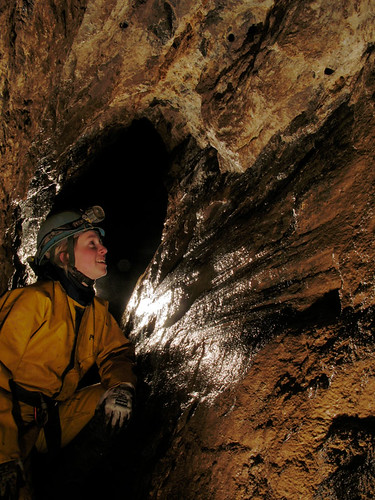Hi Glenn
Faults certainly do affect the surrounding strata. Theres three main reasons that I can think of.
One is that fault movement can cause heat which mobilises fluids and any minerals that its carrying within the surrounding rocks. This may have the effect of flushing a zone of some of its minerals or concentrating them up.
Another effect is that a fault is a line of weakness which will allow fluid from further away to pass along it. If this fluid contains minerals, they may be deposited into the pore spaces in the rocks either side of the fault or crystallise within the fault space its self.
The last theory that springs to mind is that the heat involved in the movement in the fault, may have been sufficient to metamorphose the limestone. That means that the limestone would be recrystallised to some degree. The ultimate outcome of the metamorphism of limestone is of course marble, given enough heat and pressure.
Hope that lot makes sense. There may well be more explanations that people can think of as well
Can I ask where your cave is? I was having a dig through our papers here at work and there is loads of information about mineralisation of thrust zones in that region. If theres something relevant, Ill email it if you like.



